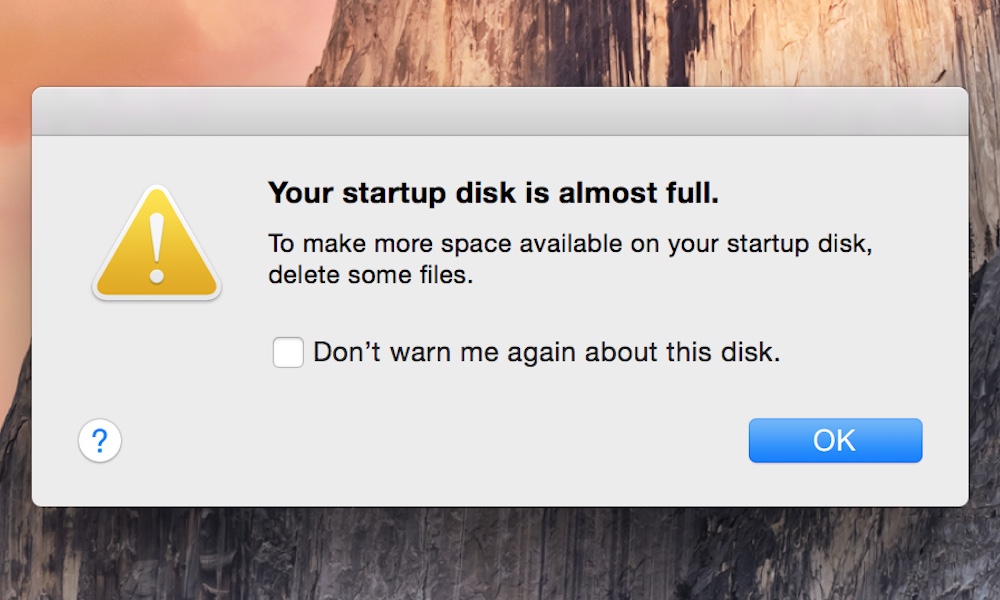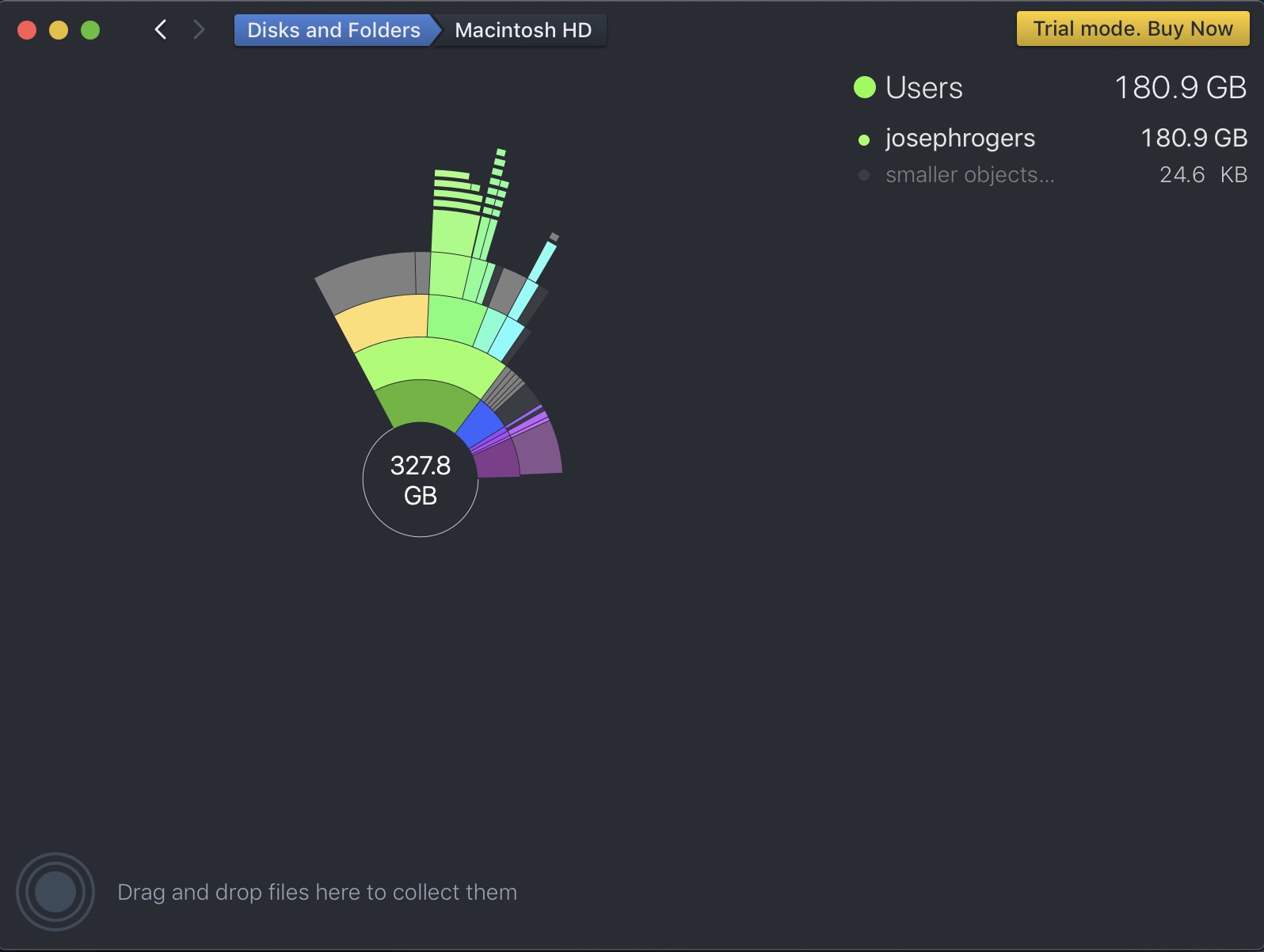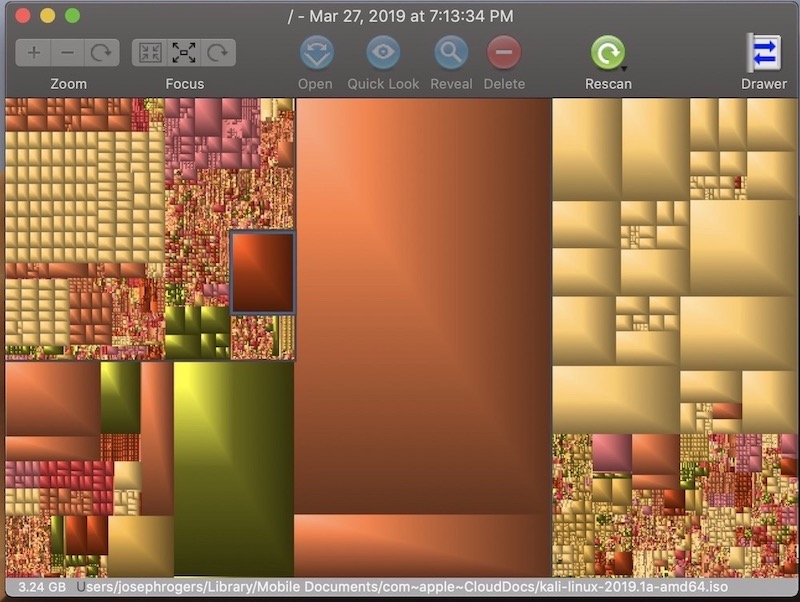3 Ways to Tell What’s Taking up Storage Space on Your Mac
 Credit: Zendesk
Credit: Zendesk
Toggle Dark Mode
With Apple starting to rely more and more on cloud storage, Macs are beginning to come with less and less storage space built-in. While upgrading your storage has dropped in price recently, it can still be expensive upgrading your computer’s internal storage.
Often, people end up walking away from the Apple Store with the wrong amount of space for their needs solely due to price.
Almost all of the current models in the Mac lineup have non-replaceable storage. You might not know until the last minute that you don’t have enough space to install a new program, save more photos or download a movie from iTunes.
But luckily there are some great, free tools to check what’s been taking up your storage and even help you free up some space.
If you’ve been getting those pesky “Your Startup Disk Is Almost Full” errors, then now is the time to get on top of it! Let’s take a look at the three best applications to see what is taking up your storage.
About This Mac

First and foremost we have one built right into macOS called About This Mac. This gives you a quick overview of what types of files are taking up your space.
- Tap the Apple Logo in the upper left-hand corner of the menu bar.
- Then About This Mac.
- Finally click on the Storage tab.
You’ll then see a window that looks similar to the one above. This will show the internal hard drive of your computer and also any externally connected storage devices as well. Then you can see how much of your drive is available to you and also the total amount of space the drive has.
Each color represents a different type of file. Photos, Music, Applications, Documents and System are just a few examples of the types of files shown.
To have a better understanding of what’s in each of those color blocks, click the Manage button on the right-hand side. On this page, Apple will recommend some ways to free up space, and also gives you a slightly more in depth look at what is in each block.
DaisyDisk

DaisyDisk is one of the more common tools used to check the storage space of your Mac. It uses a pie-like chart to show you what’s taking up your space.
Any area that is filled with a color is space that’s being used. The colors are determined by the type of file it is, similar to how it’s done in About This Mac.
One of the benefits of DaisyDisk is the ability to have a larger overview as well as the ability to “drill down” and look at individual files.
Each colored block can be clicked on and opened up to see what is inside that block. It can be cumbersome the amount of clicking around that needs to be done, but it gives a much larger overview compared to what’s built in to macOS.
If you find files you would like to delete, you can drag them into the lower left-hand corner and “collect” them. Once you’re done collecting files just tap on the Delete button that will appear and you’re all done!
Another great thing about DaisyDisk is that it won’t allow you to accidentally delete the files needed to run your Mac.
DaisyDisk comes with a free trial and if you’re happy with it you can buy it from the Mac App Store for $9.99.
Grand Perspective

Last, but certainly not least, we have Grand Perspective. This application has been a life saver for me, my friends and my family on multiple occasions. It can be a little intimidating to look at, but it actuality it is a very simple interface.
Once opening the app, it will ask you to where you would like to scan. You can scan specific folders, or your whole hard drive. Once the scan is complete, a Tetris-like screen will appear. Each Color is representative of a file type, and each cluster of files are the files within one folder. The larger the box, the larger the file. One thing to note – Grand Perspective will only show you the space being used and not the free space on your drive. If you single click on a file, you will see the exact size of the file and where it’s stored on your computer in the lower grey bar.
There are a couple of navigation icons at the top left-hand corner so you can zoom in on those small files or center your cursor on the interface. In the middle you’ll have a few navigation icons too.
- Open will open up the file as if you were opening it normally.
- Quick Look will just give you a peek of what the file is.
- Reveal will bring you right to the file in a Finder window.
- The Delete button allows you to delete files right from inside the app but be careful, you don’t want to delete something if you don’t know exactly what it is.
This application has the simplest, easy-to-use interface. Grand Perspective is free from their website or you can purchase it for $1.99 from the Mac App Store.






